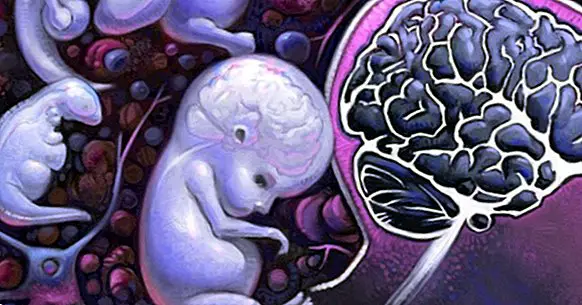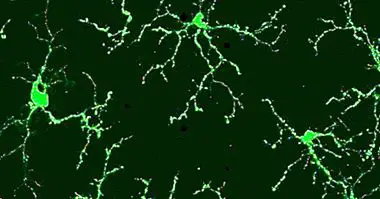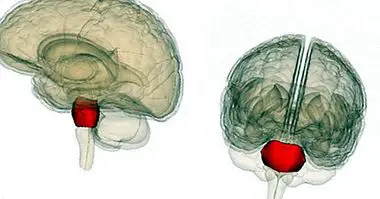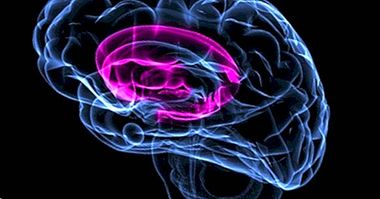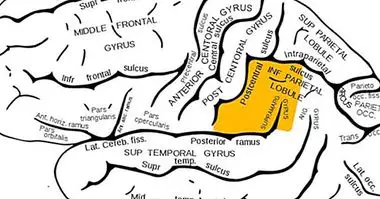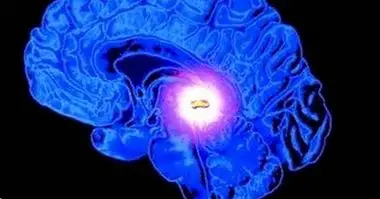Brain development of the fetus and abortion: a neuroscientific perspective
Imagine that you, dear reader, finds out that a friend, sister, aunt, or acquaintance, just got pregnant .
She does not know what to do, she is only 16 years old; her boyfriend has abandoned her, is desperate and is thinking about interrupting her pregnancy. What advice would you give him? Abort or not abort? If she aborts, will she go to hell? Is the product already a human being, does it have a soul?
Abortion from the prism of the neurosciences
To understand abortion, neurosciences, and, specifically, neuroethics, have begun to investigate and unveil the secrets of the human brain. Several studies have found some interesting data regarding brain development and how it relates to the decision to interrupt or not the pregnancy.
It should be noted that this is not a text that is for or against or abortion or conception, simply put forward the strongest arguments regarding the development of the encephalon by prominent neuroscientists.
The development of the brain in fetuses: how is it produced?
Third week after conception: first neurological foundations
I'll start by saying that brain development, according to Pinel (2011) begins approximately three weeks after conception , when the tissue that is intended to form the human nervous system can be recognized as a neural plate; but it is up to the fourth week after the three protuberances arise when the first signs of a brain appear.
After, electrical brain activity does not start until the end of week 5 and 6, that is, between 40 and 43 days of gestation . However, it is not a coherent activity; It is not even as consistent as the nervous system of a shrimp.
Week 8, neurons appear and spread through the brain
Despite this, for Gazzaniga (2015), it is between week 8 and 10 when the true development of the brain begins . Neurons proliferate and begin their migration throughout the brain. The anterior commissure is also developed, which is the first interhemispheric connection (a small connection). During this period reflexes appear for the first time.
The temporal and frontal poles of the brain develop between weeks 12 and 16 . The surface of the cortex appears flat during the third month, but the furrows appear at the end of the fourth month. The lobes of the brain arise to themselves, and the neurons continue proliferating through the cortex (Gazzaniga, 2015).
By week 13 the fetus begins to move . But the fetus is not yet a sensitive and conscious organism, but a kind of marine slug, a cluster of motor-sensory processes induced by reflex acts that does not correspond to anything in a directed or ordered way (Gazzaniga, 2015).
Week 17, the first synapses
Already in week 17 numerous synapses are formed . The synaptic development does not trigger until day 200 (week 28) of gestation, approximately. However, around week 23 the fetus can survive outside the uterus with medical assistance; also at this stage the fetus can respond to aversive stimuli. The most important synaptic development continues until the third or fourth postnatal month. By week 32, the fetal brain controls respiration and body temperature .
It should be noted that when the child is born, the brain resembles that of an adult, but it is far from having concluded its development. The cerebral cortex increases its complexity for years, and the formation of synapses continues throughout life.
Some conclusions about life, the brain and the possibility of abortion
In conclusion, we can say that if at birth, the brain is still far from fulfilling its functions as we know any adult, the brain of a group of cells is not and will not be a brain that can develop , since as mentioned, it is not until week 23 that the product can survive, and only with the help of a specialized medical team.
In short, the brain of an adult is only because it has been developed in a context that provides experiences to become a healthy and normal brain.
The debates and decisions of our lives must begin to be taken and discussed from a scientific point of view and not from a religious, political point of view or ignoring what goes on inside our head.
Thanks to the understanding of the sciences and, specifically, of the neurosciences, it is now possible to make better decisions, besides these will help us to eliminate the guilt, thanks to the systematized and rational knowledge to which the scientific conclusions lead.
Bibliographic references:
- Gazzaniga, M. (2015). The ethical brain.Spain: Paidós.
- Pinel, J. (2011). Biopsychology USA .: Pearson.
- Swaab, D. (2014). We are our brain. How we think, suffer and love. Spain: Editorial Platform.

